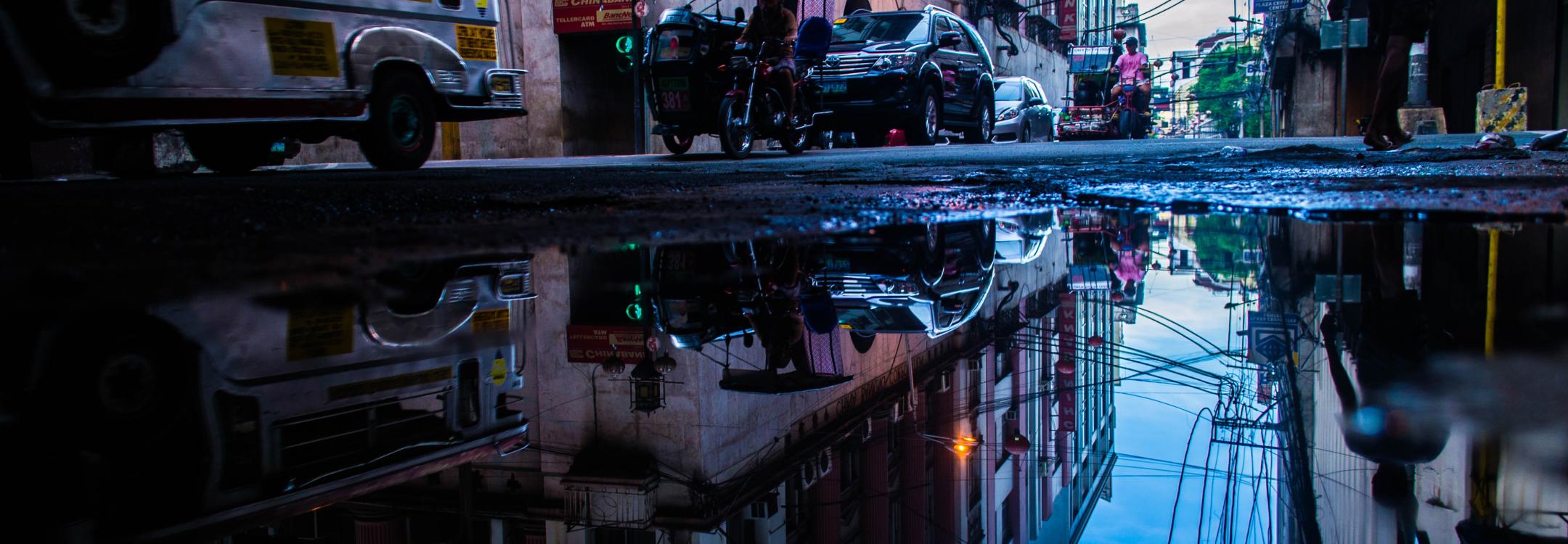
In 2004, I visited the Holocaust Museum in Montreal, Canada. In the span of two hours, and through a collection of old memorabilia, I witnessed the harrowing effect of Hitler’s ambition. An eyeless charred china doll on display gave me more goose bumps than all World War II movies combined.
More and more museums are established to commemorate past human rights violations and tragedies. The Holocaust Museum, the Museum of Memory and Human Rights in Chile or the Tuol Sleng Genocide Museum in Cambodia, for example, collect and preserve artefacts and testimonies of torture victims - a common missing link in the narrative of human rights violations. These efforts are also known as “moral reparation”.
Reparation has been argued as a remedy that not only alleviates the victims’ sufferings but also has “an inherent preventive and deterrent” value (UN Special Rapporteur on Torture 2000). Non-monetary reparation sends a powerful political and societal message, in condemning the past abuses as well as in restoring hope for the future.
Memorial in honour of the victims
In the Philippines, the Commission on Human Rights of Philippines has revealed plans to construct a memorial in remembrance of the victims under the martial law era, during the Marcos dictatorship. Under the Human Rights Victims Reparation and Recognition Act of 2013 the government may build a museum, library or memorial in honour and in memory of the victims of human rights violations. The library will document and exhibit materials and memorabilia from the height of military rule in the country. The materials include sworn statements, arrest and seizure orders, release papers of those jailed, news articles and photos of the victims.
Why the interest with this particular museum, you may ask? Not a single Filipino person I know has forgotten what life was like under Marcos. Most of them recall the awful experience of surviving the Martial Law (1972-1981), and for some, the lost hope over the fate of disappeared family members and friends.
The more I discuss with these friends, the more I realize that the dictatorship would continue to define Philippine’s past and remind the new generation of the evil of corrupted power. The museum will indeed be an important testament of that.
Breaking the silence
However, moral reparation must go beyond being a symbolic gesture. For the public to take the museum seriously, the State must be ready to prosecute perpetrators and conduct institutional reform. At the moment, the Human Rights Victims’ Claim Board of the Philippines is processing claims for torture victims. The Board has two years, or until May 2016, to fulfil its mandate. So far, it has received more than 75 000 applications - almost four times what were estimated. However, more needs to be done to bring perpetrators to justice.
In the bigger picture, the new museum will not only serve to preserve the collective memories of torture victims, but also as an institution that gives voice to the victims of torture, which hopefully one day could break the cycle of silence and impunity in the Philippines.